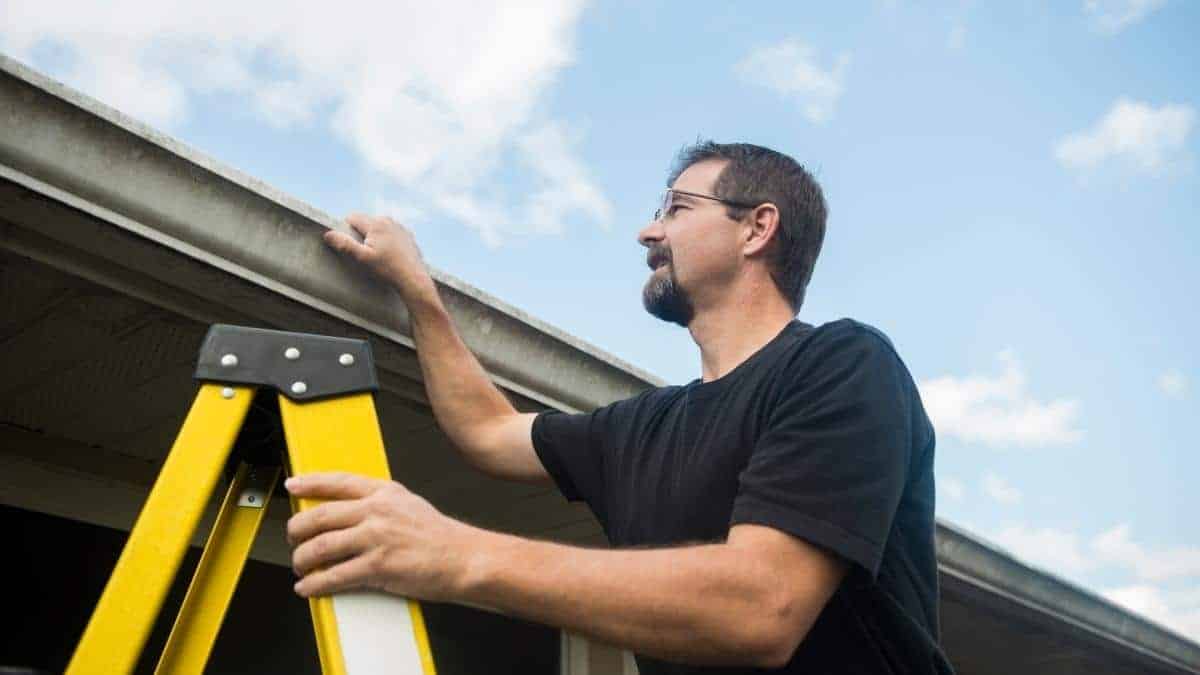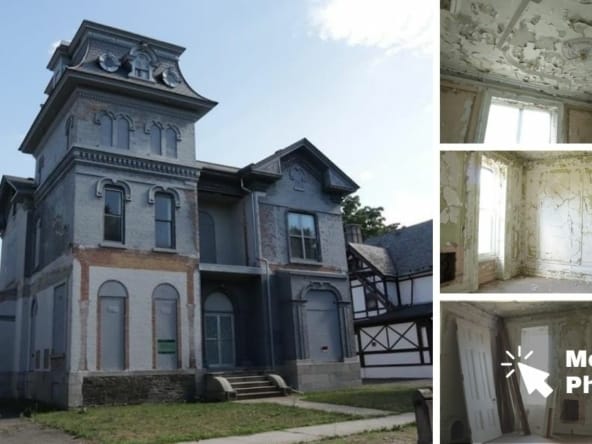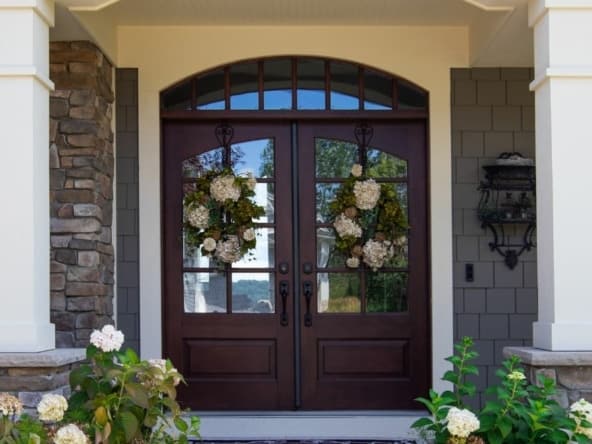With all the advanced technology and increase in building materials, one would think modern houses are better than older houses from the 1970s, but that is not necessarily the case.
It may be surprising that homes in the 1970s were built well, and in some cases, built better than modern houses.
Houses built in the 1970s are usually weathertight, tend to withstand extreme weather conditions, and are structurally sound with proper ventilation, weather-proof windows, subfloors, and solid foundations.
Older houses are built out of stone or concrete with well-designed electrical and plumbing devices and large eaves to protect the roof.
Although 1970s houses were well built, there are 11 common issues with homes built in the 1970s.
1. Square Footage
Many houses built in the 1970s have a lot of square footage, three and four levels with a basement and an attic, and at least two bathrooms. Some older homes have 3.5 or 4 bedrooms – just like the Brady Bunch or the Partridge Family houses.
Many houses built in the 1970s were split-level with two levels – the bedrooms, the living room, and the kitchen area on the first level, and the bottom level with a den or basement adjacent to the garage.
However, some homes built in the 1970s are small – around 1,500 square feet or less, rectangular or L-shaped, and designed with lower-income families in mind.
2. Lack of a Porch
Many homes built in the 1970s do not have a decent porch – the porch is not large enough for a gathering. And many houses built in the 1970s do not have a porch at all. They have a small walkway and then the front door.
3. Plumbing
Although the plumbing in most houses built in the 1970s was well-designed and structurally sound back then, the materials and the type of plumbing used are outdated. The plumbing in these older houses used galvanized steel water pipes with a 20-50 year lifespan.
The pipes may now have signs of corrosion, which causes plumbing issues or serious foundation problems under the floor slab. This means a complete renovation to the plumbing in the house. And, of course, that means a complete renovation means a costly renovation.
4. Electrical
Most houses built in the 1970s have a similar electrical setup to those built today. The problem is that many homes do not have what is known as Ground Fault Circuit Interrupters (GFCI). This mechanism prevents one from being electrocuted.
A GFCI cuts off power when a person is shocked by an electrical current through an electrical outlet. This device keeps the person from being electrocuted. Most GFCIs are electrical outlets located close to water sources. They are in bathrooms, kitchens, and laundry rooms.
5. Roofing
The average lifespan of a roof is 20 years. It may last longer (30-40 years) depending on the material, the wear and tear, and the upkeep. It is essential to replace the roof of any house built in the 1970s. Most roofs in the 1970s were the same material still used today.
6. Lead and Asbestos
Although many older homes (50 years and older) were structurally sound and designed to last for many years, one of the main issues regarding older homes is the amount of lead and asbestos found.
When homes were built 50+ years ago, the awareness of lead and asbestos was not much of a concern. Asbestos was used for wall and roof coatings and ceiling finishes, and both materials were used as insulation or a protective shield.
Lead was also used in the construction of gutters, waste pipes, painting, and other materials. After the dangers of these two toxic chemicals were made aware, most asbestos and lead-based materials stopped being used in the construction of homes.
A home inspector can run various tests on your home to ensure your 1970s home is free of asbestos and lead.
7. Foundation
How a foundation is laid will often determine how long it lasts – and how long before you see cracks. Cinder or stone blocks were used as the foundation for homes built before the 1940s. Houses built after the 1940s were constructed with concrete or poured concrete.
A house built in the 1970s may start to see erosion due to time. You will start noticing cracks in the stairs or on the basement floor. These cracks let you know there may be foundation problems. A home inspector will inform you if the foundation cracks are weather-related or foundation-related.
Now, let’s look at some rooms in a 1970s house to see if they were well built.
8. Kitchen
Houses built in the 1970s had separation of rooms in mind – and the kitchen was no different. Kitchens were closed off, meaning they had walls separating them from the other rooms.
You would enter the kitchen through one or two openings. This closure appeals to some, but others do not care for it. Many homes built today have an open kitchen, so you walk from the living room or another room right into the kitchen.
9. Flooring
Many houses built in the 1970s had linoleum or vinyl floors, which was popular because it was easy to clean the floor. However, the problem with this kind of floor is that the materials contain asbestos, which could cause cancer.
Today, hardwood floors are popular. The hardwood comes in several colors and styles. And it is still easy to maintain and can handle a lot of traffic.
10. Aluminum Windows
Houses built in the 1970s had aluminum windows. These windows served their purpose back then. The good news is that the old, ‘70s-style windows have been replaced with better-designed and better-looking vinyl windows.
Vinyl windows are energy-efficient and great insulators against the weather. Unlike the generic designs of the windows in houses built in the 1970s, windows today can be black, covered with fiberglass or wood, and tinted to keep the sun out.
11. Popcorn Ceilings
Leave the popcorn for your next trip to the movies. If there is anything outdated with houses built in the 1970s, it is the popcorn ceilings.
You know those ceilings with little bubbles throughout them. Yes, back in the ‘70s it may have been cool to have your ceiling look like chicken pox.
Or perhaps, people just weren’t into beautifying their ceilings. The concern was less about looks and more about efficiency and cost.
Hey, it’s a ceiling. Who’s looking, right? And at that time, popcorn ceilings were believed to absorb sound, be easy to apply, and be cost-effective – builders just sprayed the texture on the ceiling.
But other than the appearance, popcorn ceilings had other disadvantages. The ceilings were difficult to clean and were a haven for dust and asbestos – made of asbestos material.
Well, thankfully we discovered that ceilings deserve better treatment and attention.
In Conclusion
Houses built in the 1970s have positive and negative elements. Generally, they are well-built, which is the best feature when house-hunting. Aesthetically, homes from the 1970s may not be as pleasing, but that is a small price for a solid structure.




